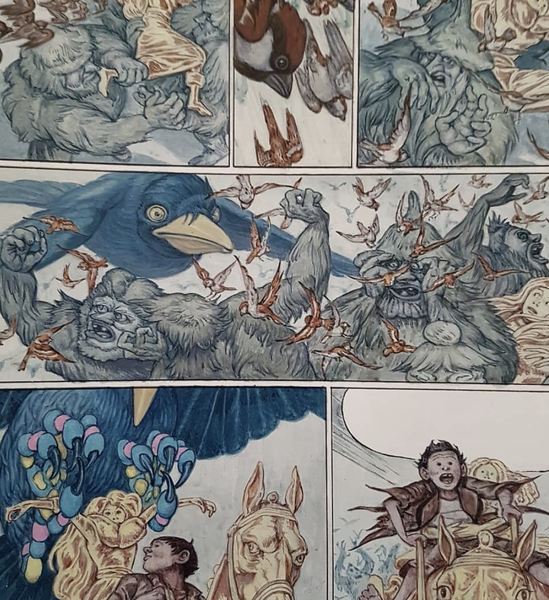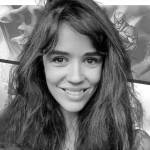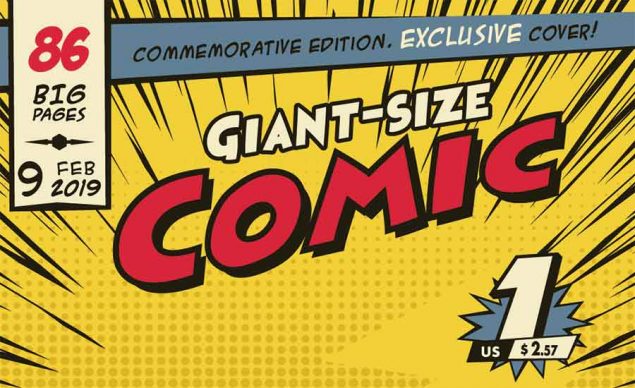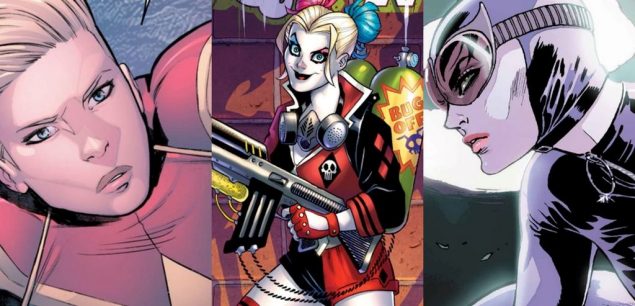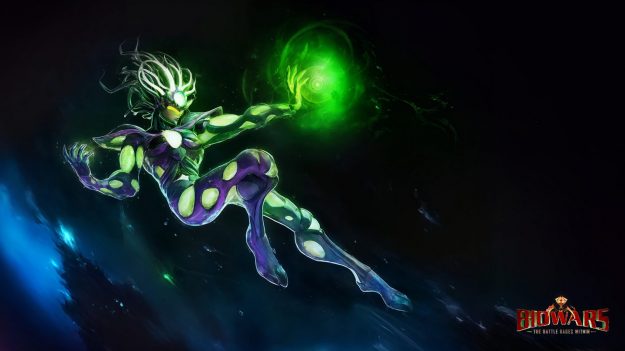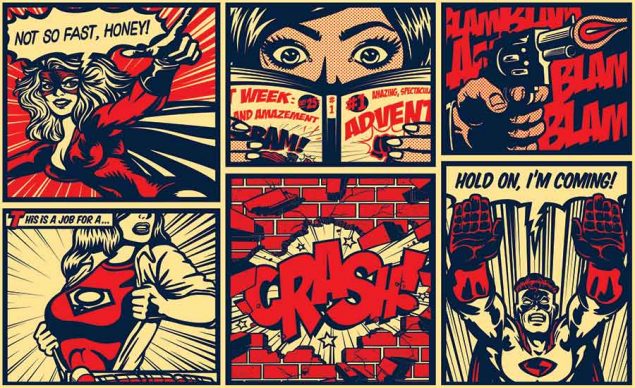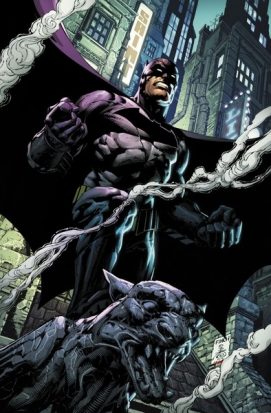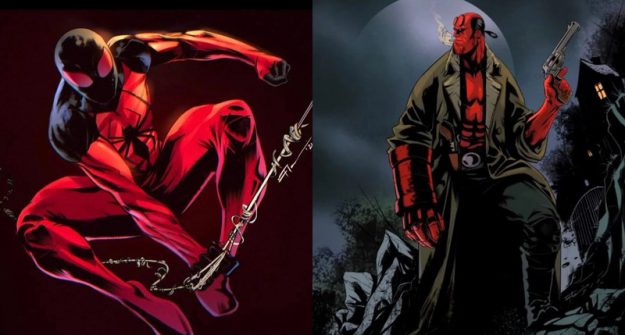Related Resources
Chrigel is a German artist known for creating imaginative and vivid works.
Just look at his Instagram feed; check out how cool, unique and imaginative his art is?!
Chrigel has created illustrations for numerous magazines and projects, including a comic book Pippin il patgific and a children’s book Nemorino and the Fool’s Bundle. His work spans from working on children’s books and comic books to creating thought-provoking art.
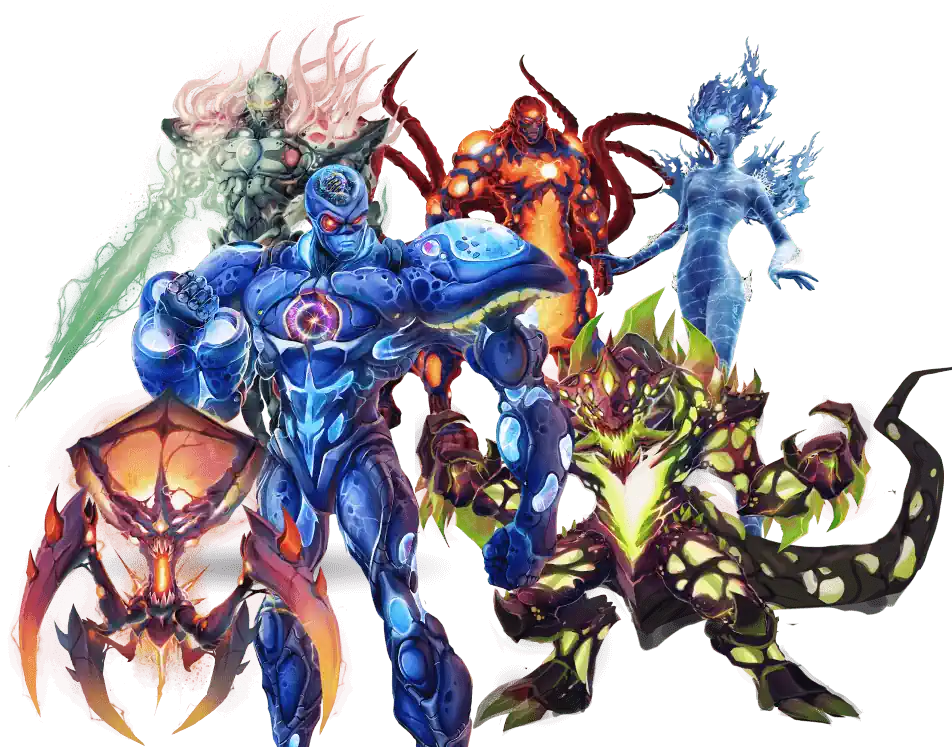
1. Let’s talk about Pippin il patgafic first. It’s a very unique fairy tale if we can label it as such. What attracted you to this project and how did you decide to turn it into a comic book?
Yes, Pipin is clearly a fairy tale, even a very classic one in terms of the storyline.
Tim Krohn, the author, was commissioned by the Rhaeto-Romanic publisher Chasa editura rumantscha to develop a story in which the four idioms of the Rhaeto-Romanic language appear.
Rhaeto-Romanic is the fourth national language of Switzerland, along with German, French and Italian. It is spoken in the canton of Graubünden, the Grisons.
Rhaeto-Romanic language is in danger of extinction. It has at least four idioms and there are four valleys where people argue about which is the true Rhaeto-Romanic.
So, there was a need for a story in which the four idioms appear without competition.
Tim Krohn chose the fairy tale The Golden Bird by the Brothers Grimm as a framework and rebuilt it into a story in which Pippin travels through different regions and idioms of the Grisons.
Tim and the publisher asked me if I wanted to illustrate the text. I read the manuscript and had the impression that it could also be made into a comic. The others agreed.
2. What was the biggest challenge in illustrating Pippin il patgafic?
Meeting the deadline of half a year.
I actually missed it a few times.
View this post on Instagram
3. Did you collaborate with the author of the fairytale directly? If so, how much freedom did you have for your artistic expression?
Tim Krohn gave me all the freedom I needed.
After he sent me the manuscript, I converted it into a comic storyboard, to the length the publisher wanted.
When Tim gave me his ok for it, he was only involved when the comic required a different text dynamic than the original manuscript, which was not intended as a comic.
The publishers, however, had some restrictions.
They asked me not to make it too scary because they suggested that the comic should be used for teaching in schools. They wanted it aimed at students from the age of 9 and up and that’s why they asked that all characters looked friendly.
Fortunately, they realized that this was nonsense.
I always feared the publishers but I tried to make a comic that I would have enjoyed reading in class. The publishers were happy with the result.
Luckily, the publishers of Edition Moderne liked the comic as well, so the comic is now also published in German.
The aspect with the Rhaeto-Romanic idioms is of course omitted in the German translation, but I hope you still don’t think you wasted time reading the comic.
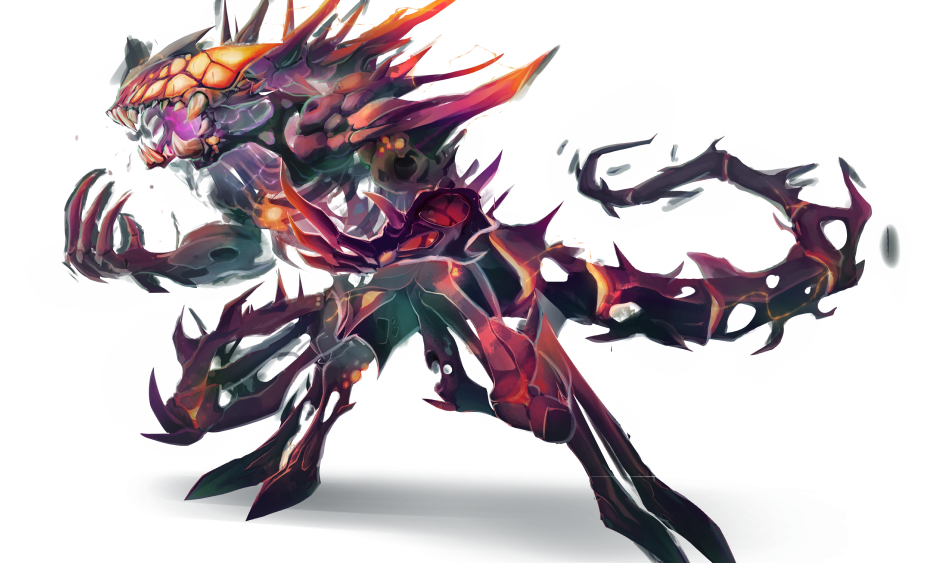
4. How did you develop such an authentic style? Did you have any particular influences?
I have many influences and phases in which just about everything inspires me.
My work moves in the environment between old masters’ paintings with hundreds of glazes and the concise, two-dimensional works of classical Japanese woodcuts.
In any case, I always move between the fields of tension of spatial and planar images with figurative representations.
Besides pictures and stories, I am also influenced by music or food, dance choreographies, movies, and, of course, nature, especially the nature of man.
The last thing that impressed me very much was a beautifully crazy exhibition of the artist Jon Rafman!
5. Your works are very intricate, with lots of motion which add life and complexity to them. How long does it take you to complete an average illustration, for example, this one:
View this post on Instagram
It depends on how much I already see the image in front of me.
If I only have a vague vision in front of me, I try to immerse myself in the image step by step until I know my way around it.
This alone usually takes a day and a night, in which I need some distance to approach the idea fresh again the next day.
In general, if there’s enough time, I need at least four days, including the idea, image development and finishing the illustration.
When it comes to my personal projects, a day is enough if there are no long interruptions.
6. We noticed that your color palette is very unique with lots of “faded” hues reminiscent of illustrated fairy tales of yesteryears. Are we on the right track with this? Tell us a bit about your color palette and what inspires it?
If you’re referring exclusively to Pippin, that’s true.
While working on it, I rediscovered the children’s books by the artist Ernst Kreidolf.
Until the middle of the last century, he drew flower figures and all kinds of natural creatures with delicate colors, which was a Swiss contribution to the Jugendstil and the golden age of storybook illustration.
As a child, I read some of his illustrated books.
During my research trip in the Grisons, I came across one of Kreidolf’s works after it’s spent more than forty years in an attic. I literally smelled the childlike faith in fairytale characters and felt the sense of longing for earlier times, and I wanted to translate some of those feelings into Pippin.
View this post on Instagram
7. You often chose unusual things to illustrate, like this “unscientific illustration of the Tourette syndrome.” Aside from commissioned work, how do you come up with such interesting ideas and what are your inspirations?
The illustration on the subject of Tourette’s was created for an information magazine.
It represents the mix of a seemingly scientific illustration with the plaguing demons in the head.
View this post on Instagram
Mixing science with faith and new with old is a constant theme in my works.
I studied scientific drawing in Zürich. So, for example, if I had to illustrate a mushroom for a book, the mushroom needed to look as realistic as possible. The point was to help readers understand whether the mushroom was edible or not, so there was no room for my artistic interpretation of the mushroom.
Besides studying scientific drawing, I worked on a comic story at night. The story was, among other things, about what happens if one eats a poisonous mushroom. I took an unscientific approach with it, to balance out my scientific drawing studies.
I’m also interested in the connection between what’s supposedly scientific and supposedly nonsense. Both make sense; there is not one or the other but both.
A great source of inspiration for me is always an antique book from 1914 that I found at a flea market — the Volume 1 of Heaven, Earth, Man.
It’s a serious review of the inner and outer world of man or, as it says in the preface “A guide through the world building.”
In the book (besides horrible racist claims), there are all kinds of bizarre esoteric theses. A significant part of the Volume 1 deals is about the soul, phantom photography and, of course, magnetism.
Does your approach to illustration change depending on the project you work on, its purpose and target audience? If yes, how so?
Yes, depending on the purpose and audience or the sound and mood of a text.
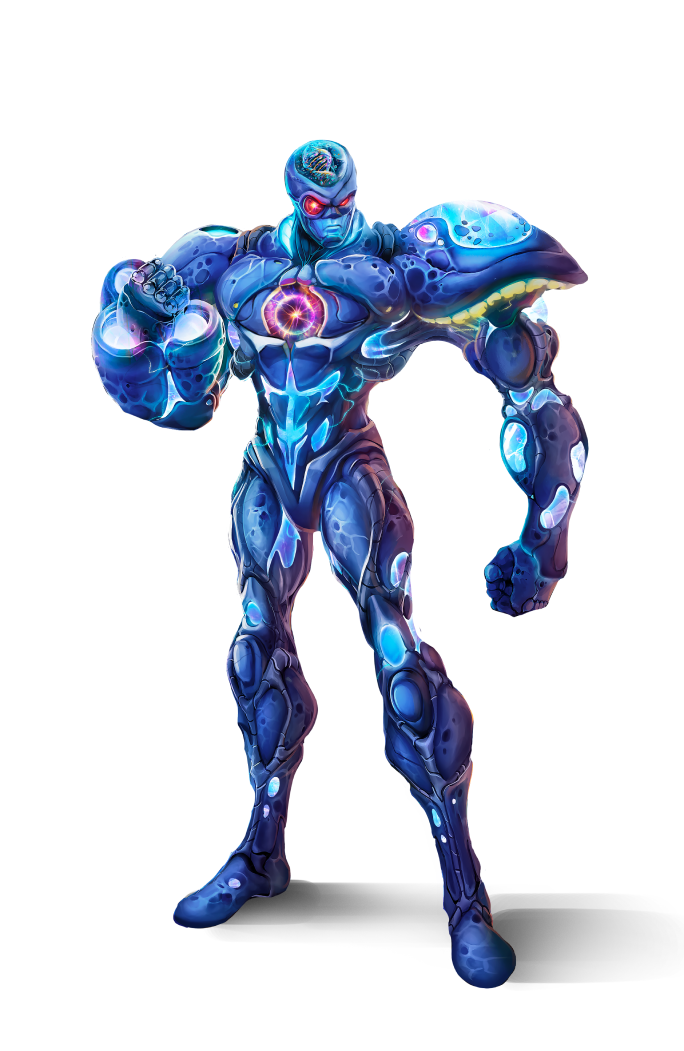
9. Your first Insta post dates back to early 2019, but we know that you’ve been making art for a long time! Has your style changed over time, and if it has, how did it evolve?
Yes, it changes, but how exactly, I don’t even want to define here, because the past is also changeable and depends on the present moment.
View this post on Instagram
10. Can you reveal to our readers what’s currently cooking in your creative lab? Any projects we should keep our eyes on?
I wish to finally move forward with my own comic. I’ve been working on the story for years and I keep getting caught up in world events.
Thank you for chatting to BIOWARS, Chrigel! We look forward to seeing more of your work!
If you’re interested in getting to know other comic book artists, check out these interviews with Sean Damien Hill, Lucius Cross and Gonçalo Lopes. You can also take a look at artist profiles, including Jack Kirby and Jim Lee.

